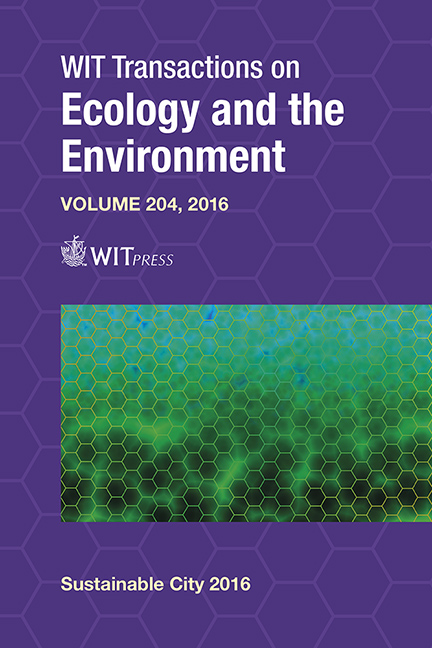ATLAS REUSE: Studying The Metabolic Evolution Of Barcelona
Price
Free (open access)
Transaction
Volume
204
Pages
11
Page Range
211 - 221
Published
2016
Size
691 kb
Paper DOI
10.2495/SC160181
Copyright
WIT Press
Author(s)
R. Sauquet Llonch, D. Taskin
Abstract
Transformations in cities are becoming increasingly more related to reuse practices than substitution processes. In Barcelona, new programs and activities have always used existent architecture to integrate in the city. In 2014, the research group HABITAR (UPC Universitat Politècnica de Catalunya – Barcelona Tech) won a grant from the Spanish Economy Ministry to develop an extensive research about “reuse” in Barcelona. The objective is to answer the question of how reuse is conditioned by the city and, vice versa, how the city is conditioned by reuse. It is also within the objectives to study the building capacity of adaptation, depending on its typology, dimension, configuration and location in the city. The paper will explain some details of this work that is currently in progress. The group is studying buildings built from the first century to the present. Around 420 cases are selected and analysed with the aim of not only obtaining statistic information, but also understanding the influence of these changes on the architecture and the city. The information, by being treated with data and geo-localization programmes, facilitates the final and the main objective of the project: the production of an atlas of reuse of Barcelona, a theory of reutilization, and a protocol of reprogramming for professionals.
Keywords
Barcelona, atlas, reuse, urban metabolism, depreciation, use, architecture, urban planning





